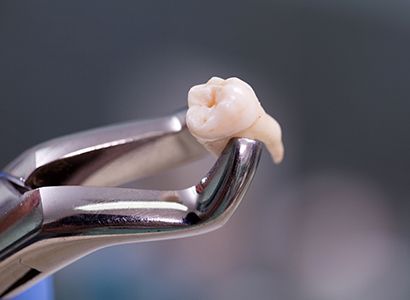Removal of tooth
Removing teeth unfortunately sometimes become essential or mandatory to prevent complications and damages to other teeth or surrounding tissues in the mouth. Our blog outlines the causes of troublesome teeth and the concept of extraction.
What is a tooth extraction ?
Tooth removal or tooth extraction is a dental procedure where the below reasons warrants the removal of tooth.
Reasons for extraction of tooth
*severe tooth decay
*pain and infection
*impacted wisdom tooth
*irrepairable damage
*gum disease
*correction of crowded teeth for orthodontic purpose
*cosmetic procedures
*Cracked or fractured tooth
Pre extraction procedure
Before the removal of your tooth the dentist will walk you through the procedure and give you various sedation options based on your comfort level. The dentist will take a complete medical history. It is very important to let your Dentist know about any medical condition that you may have,however small it may be along with any medications you may be taking. Once you are fully informed and all your doubts have been answered you will be asked to sign a consent form.
Sedation (Anasthesia) options
Local anaesthesia
This is given by an injection in your gum. Prior to the injection an numbing cream will be applied on your gum to make the injection prick painless. You will not feel any pain once the anasthesia kicks in. This can be used with the conscious sedation method discussed below for anxious patients.
Relative analgesia ( gas and air )
This involves breathing a mixture of gas and air ( oxygen and nitrous oxide ) through a nosepiece. It will make you feel more calm and relaxed throughout the procedure. At the end of the procedure you will be given pure oxygen for few minutes for quick recovery. This technique is not preferable for patients who have breathing problems.
General Anaesthetia
The anasthesia will be administered through a cannula in the arm and will require a hospital admission usually done as a day procedure. The patient will be fully asleep and will not be aware of what is going on at all. Recovery time is longer and usually preferred for young children with multiple extraction or adults with learning disabilities.
Oral sedation
A tablet is given an hour before the procedure to help calm the patient.
Intravenous sedation
The sedative is administered through the arm and patient will be awake throughout the procedure. However along with this an local anasthesia is also given. Patient will feel a bit drowsy and may not even remember the procedure.
Some of the above anasthesia options require an escort after the appointment.

Procedure of tooth extraction
Simple extraction
Once the anasthesia has been administered and you start feeling the effect the dentist will then start the extraction . The tooth sits in a socket in your gum. Your dentist will gently loosen the teeth to remove it. You will not feel any pain but will feel only the pressure of everything that’s happening in your mouth. If you feel any pain you must let your dentist know right away. The whole procedure is straightforward and takes only a couple of mins. Once removed your dentist might have to put a few stitches to close the socket and help healing.
Surgical extraction
When the tooth removal requires raising the gums to gain access to the tooth and sometimes removal of the surrounding bone, it’s called surgical extraction. This is the case mostly with wisdom teeth.
Post operative care and instructions
Once your tooth is removed, the socket where your tooth was placed remains as a hole now and it’s very important to keep that place clean to help healing and prevent infection.
* Avoid any hot food or drinks, smoking and rinsing for the first 24 hours after extraction.
*After 24 hours gently rinse your mouth with warm salt water ( one teaspoon of salt in a glass of warm water ) 3-4 times/day after meals. Don’t rinse very hard as it may displace the blood clot that is formed in the socket after healing.
*if there’s any bleeding, apply some pressure by biting on a clean rolled handkerchief over the affected area for 10 minutes. Repeat if bleeding persists .If the bleeding is continuous contact your dentist.
*Eat soft diet for the next few days like mashed potatoes , scrambled eggs and avoid chewing on the affected side for some days.
*Brush your teeth carefully after 24 hours and make sure you the keep the area clean.
*Make sure you take the painkillers and any antibiotics that are given.
*You might have some difficulty in opening the mouth which is normal,make sure you do the mouth opening excercises as instructed by your dentist.
*In lower tooth extractions one side of your tongue and in general cheek also get numb after anasthesia so make sure you don’t bite your cheek or tongue till your anasthesia effects wears away.
* If there’s any swelling use a cold compress. If there’s any increase in swelling, raised temperature or pain contact your dentist immediately.
We at Brandon dental care not only we extract the most difficult teeth and impacted wisdom teeth , but we also offer intravenous sedation to make the procedure as comfortable as possible.
Our next blog will discuss the concept of conscious sedation in dentistry. If you have a troublesome tooth and you suffer from dental fear or you are worried about the process involved then please get In touch with us, and leave the rest to us to take care of . Our numbers are 01842 810 753, 07727699419 or email Contact@brandondentalcare.co.uk for more details.
Take care and keep smiling !
